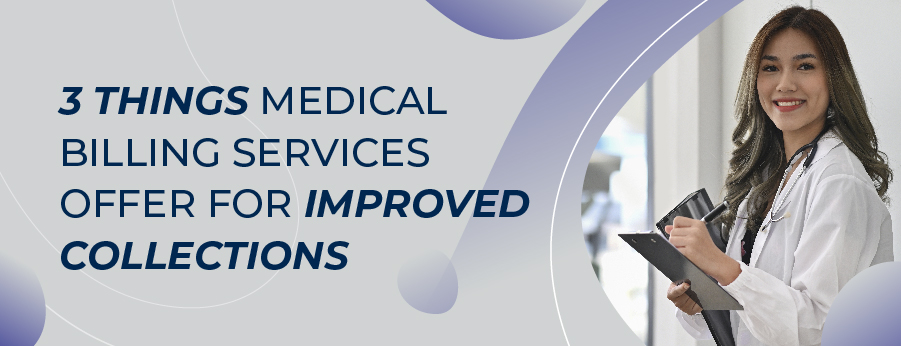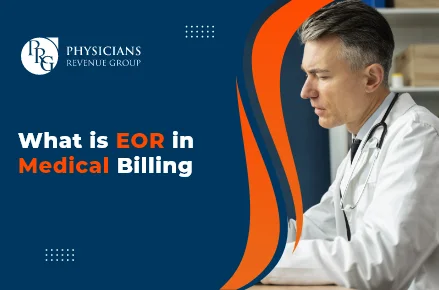It is easy to get improved collections and persistent cash flow when a patient comes to acquire treatment. A patient shall always consider himself responsible for paying the out-of-pocket deductibles as he wants the medical practice to fulfill his healthcare needs. As a medical practice, your team shall remind every patient about the payment updates with expert medical billing services. This will help the patients to stay informed and take immediate action according to the active insurance plan of the patient. It is required to perform the pre-authorization test of every patient upon their arrival. As a medical practice, your goal should be to consistently keep the patient informed by checking patient eligibility prior to each appointment for improved collections.
Every medical provider understands the hardships they face for ensuring improved collections and net cash flow. A medical team needs to carry out effective efforts to send patient statements as a reminder. All patient reminders need to be clear and concise for quick assessment. A good way of reminding patients about the services they acquired is to immediately send an email to the patient when he/she receives treatment. Another option is online billing, which allows patients to view their bill electronically.
For improved collections, you need to document the patient charges so that your practice does not miss out on the insurance reimbursements. Moreover, reviewing the status of coding is important for the accuracy of your invoices. Most practices follow a stringent coding strategy and get them reviewed by professional coders. Accurate coding procedures ensure that your claims have captured charge for the services acquired.
Denial management consumes much time and energy to carefully consider inappropriate claim elements for ensuring improved collections. Superior medical billing can resolve more problems including failure of the practice to acquire revenue and high health standards simultaneously. Your practice undergoes a careful analysis to run an optimum billing process for efficient denial handling. Physicians and front desk staff should implement a consistent system to improve accuracy and minimize denials.




